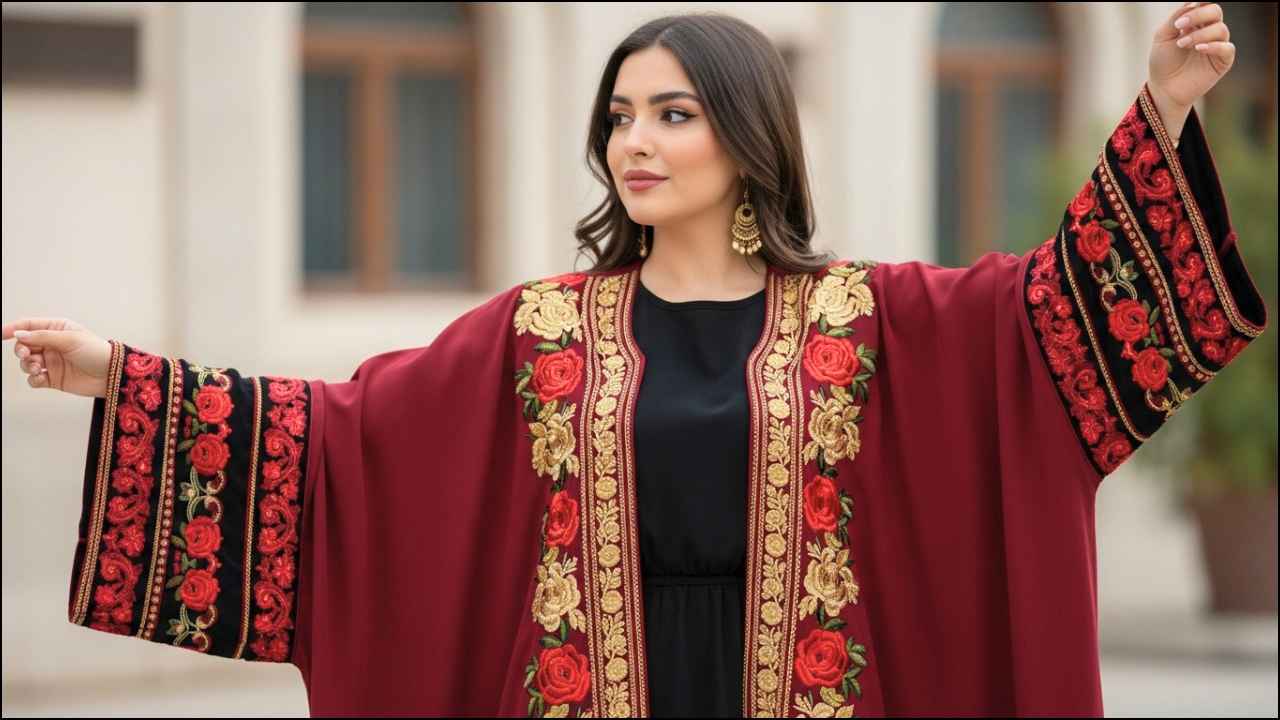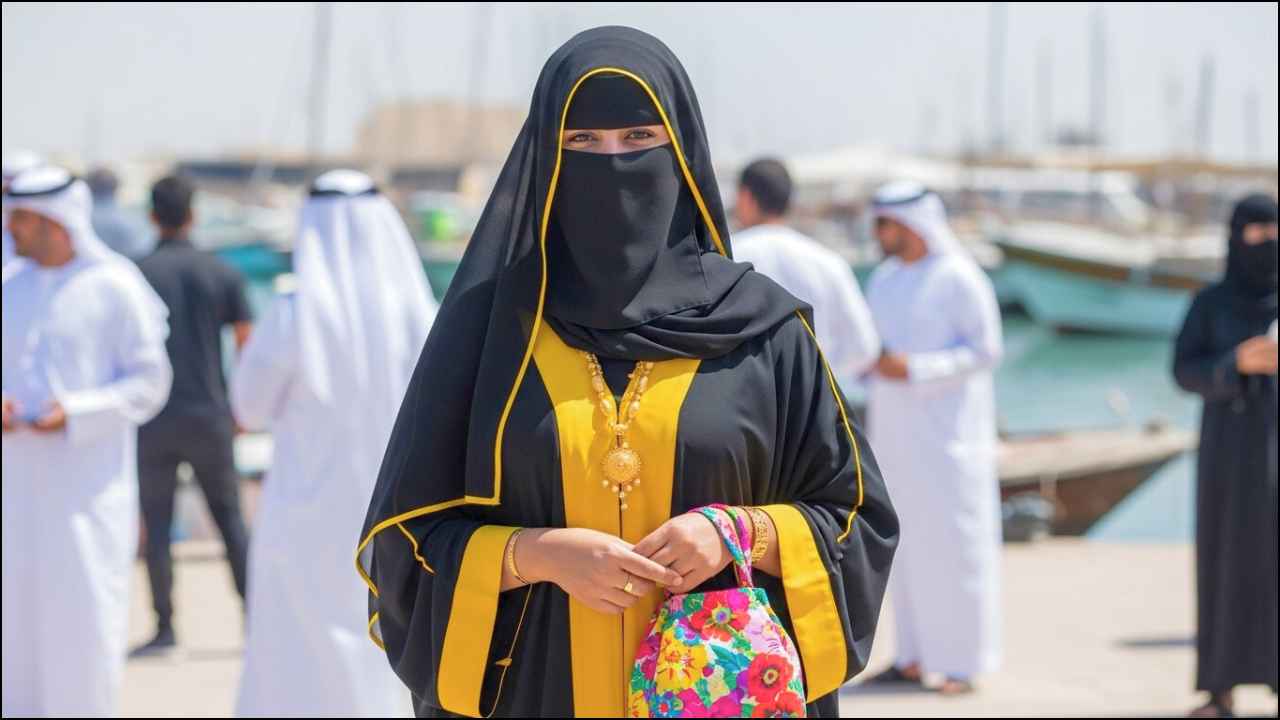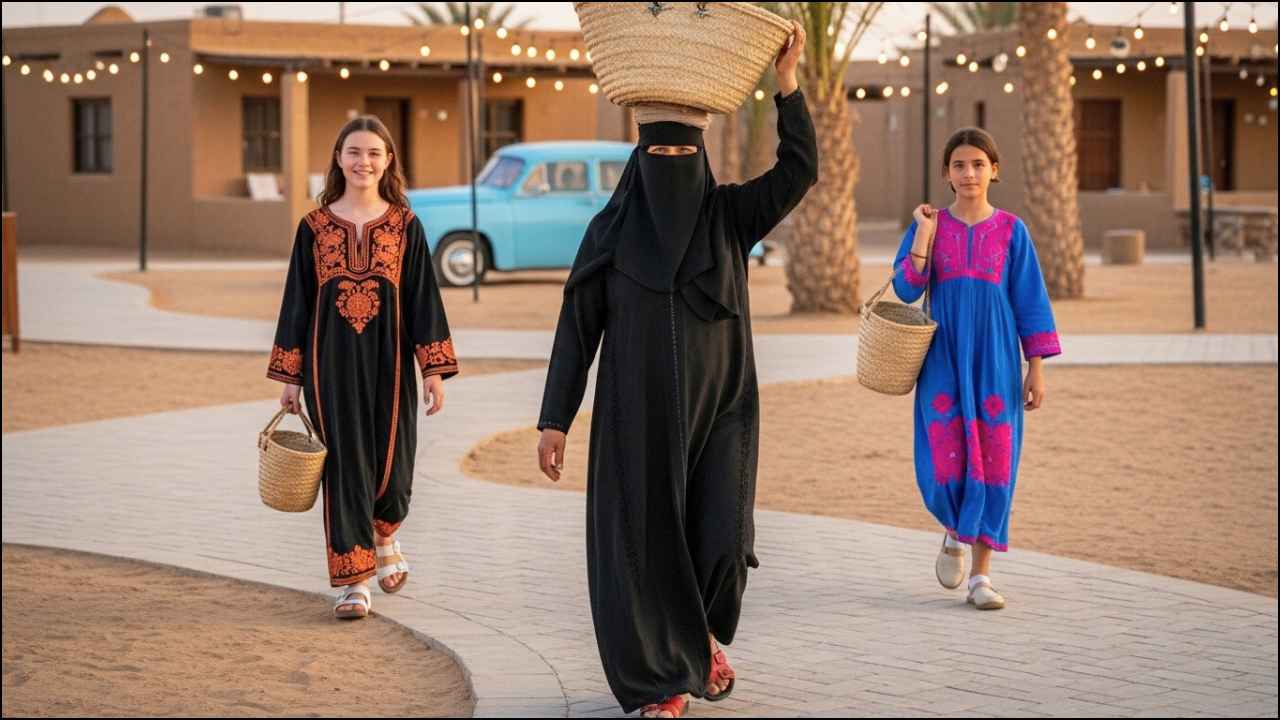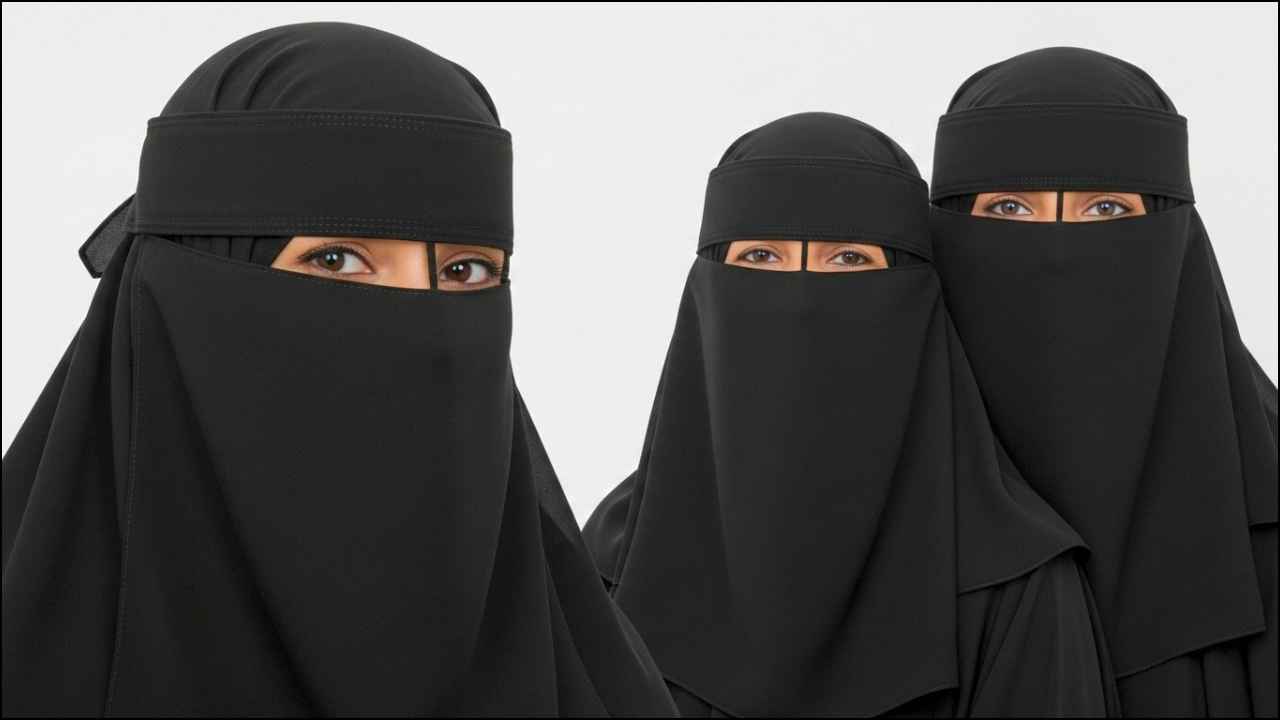Introduction: Traditional Saudi Women’s Clothing
My grandmother kept her wedding dress wrapped in silk for sixty years. The pink fabric still held its golden threads. The craftsmanship told stories of hands that knew their trade.
This happens across Saudi Arabia. Women preserve traditional garments. They pass them to daughters. Each piece carries history.
The Abaya: Foundation of Saudi Women’s Dress
Walk through Riyadh’s markets today. You’ll see women in black abayas. The garment covers the entire body. Modern designs exist. Traditional cuts remain popular.
The abaya isn’t legally required. Women choose modest clothing based on personal preference. Most Saudi women wear abayas when leaving home. The practice reflects cultural values.
Three main types exist:
- Standard abaya – straight cut, simple design
- Shoulder abaya – fitted at shoulders, flows down
- Head abaya – looser fit, covers head and body
Women pair abayas with different head coverings. The combination depends on personal choice and regional customs.





Face Coverings: Personal Choice, Cultural Heritage
Several options exist for covering the face:
Al-Niqab covers the face with an eye opening. Black fabric is standard. Many women across Saudi Arabia wear this style.
Al-Burqa resembles the niqab but includes a fabric divider between the eyes. Older women in traditional communities often choose this option.
Al-Shilah (also called At-Tarhah) wraps around the face and head. Women usually wear this with niqab or burqa.
Al-Litham covers the mouth and nose while wrapping the head. Women in desert regions historically used this style for sand protection.
Each region has preferred wearing methods. Local customs influence choices.
Western Saudi Arabia: Makkah and Madinah Traditions
Al-Masdah dominates western regions. The dress features rectangular sleeves and transparent fabric. Five pieces of different sizes create the design.
Makkah women historically wore al-Dot fabric dresses. Silk and gold thread (qasab) created elaborate embroidery. Multiple colors decorated these special occasion pieces.
Al-Qarkosh fabric appeared in red with black edges and centers. The striking contrast made these dresses memorable.
In Madinah, al-Kurta became the signature women’s garment. The dress gathers at the waist. Colors varied by age:
- Older women wore lighter shades
- Young women chose bright silk versions
Home wear included cotton as-Sidiriyah vests and al-Mehrama head coverings. Plain versions existed for daily use. Hand-decorated edges marked special occasion pieces.
Madinah brides wore al-Shara’a al-Madini. Pink fabric with golden threads created these wedding dresses. Head covering attached to the design.
Central Saudi Arabia: Riyadh and Qassim Styles
Mneikhel defined central region fashion. The loose dress featured wide sleeves. Women flipped sleeves over their heads when wearing this garment.
Al-Meshallal served as an outer layer. The wide, lightweight dress went over regular clothing. Two colors dominated: dark red and black.
Al-Darra’ah appeared throughout central and northern regions. Multiple types existed:
- Indian al-Darra’ah – imported designs
- Darra’at Umm Wardah – rose-shaped embroidery
- Darra’at al-Zari – gold thread decoration
- Darra’at Kate, Kinawi, Qirmiz, and Umm Tift – regional variations
Eastern Saudi Arabia: Diverse Coastal Traditions
The Eastern Province developed the most varied women’s clothing traditions.
Al-Nafnouf showed Indian influence. Silk and satin created these elegant pieces.
Al-Darra’ah remained popular here too. Daily versions used light fabrics for easy movement. Special occasion versions featured heavy embroidery and decoration.
Al-Hashemi dresses impressed with their width and sleeve length. Women wore these over ordinary clothes. Gold threads and silk created various patterns.
Daily wear included:
- Al-Shalhah – knee-length with long, narrow sleeves
- Al-Shaylah – silk and gold embroidery on edges
Special occasions called for al-Masrah, al-Manthoor, and al-Thuraya dresses.
Eastern Province abayas showed remarkable variety:
- Al-Anajer – golden thread decoration
- Al-Shemla – wool construction
- Al-Buroji – red thread accents
- Al-Hasawiyah, Al-Haykiyah, Faysoul, Al-Habara, Al-Deffah – regional styles
Northern Saudi Arabia: Desert Practicality
Al-Murowdin covered the entire body. Triangular sleeves reached the ground. The design provided maximum protection.
Al-Mujowthal extended half a meter beyond the wearer’s height. Cotton and silk created these loose, long garments.
Tabuk Province featured dresses with engravings and decorative drawing. Long sleeves and full body coverage characterized these pieces. Al-Sidiriyah vests with golden buttons accompanied the dresses. Cotton trousers in various colors completed the outfit.
Southern Saudi Arabia: Mountain and Coastal Influences
The Aseeri dress (formerly al-Muzannad) represented Aseer Province. Black silk provided the base. Gold and silver threads created embellishment. Modern versions maintain the original identity while adding contemporary elements.
Al-Bahah women wore al-Mushal dresses for celebrations only. The name means “something kept until needed.” Black dominated women’s clothing in this region.
Al-Mukammam from Najran featured long, loose black construction with wide sleeves. Waist and chest embellishment marked these dresses. White long-sleeved underdresses completed the outfit.
Jazan women created hand-embroidered al-Kurta garments. Long striped trousers worn underneath completed these traditional outfits.
Living Heritage
These garments survive in modern Saudi Arabia. Women wear traditional pieces for:
- Wedding ceremonies
- Cultural celebrations
- Religious holidays
- Family gatherings
Young Saudi women learn traditional wearing techniques from mothers and grandmothers. The knowledge transfers across generations.
Regional identity remains strong. A woman from Aseer dresses differently than one from the Eastern Province. These differences celebrate Saudi Arabia’s diverse cultural landscape.
Traditional garments adapt to modern life. Contemporary fabrics replace heavy historical materials. Air conditioning changes wearing patterns. The essential designs endure.
FAQs – Traditional Clothing
What are the main types of abaya in Saudi Arabia
Three main abaya types exist: Standard abaya (straight cut, simple design), Shoulder abaya (fitted at shoulders, flows down), and Head abaya (looser fit, covers head and body).
What is the difference between niqab and burqa in Saudi Arabia
Al-Niqab covers the face with an eye opening using black fabric. Al-Burqa resembles niqab but includes a fabric divider between the eyes. Older women in traditional communities often choose burqa.
What traditional dress do women wear in different Saudi regions
Each region has distinct styles: Western regions wear Al-Masdah, Central regions prefer Al-Darra’ah, Eastern Province features Al-Nafnouf, Northern areas use Al-Murowdin, Southern regions wear Aseeri dress.
Is wearing abaya mandatory for women in Saudi Arabia
The abaya isn’t legally required. Women choose modest clothing based on personal preference. Most Saudi women wear abayas when leaving home as the practice reflects cultural values.
Stay updated
🔔 Follow us for more latest guides:
✅ WhatsApp Channel
☑️ Telegram Channel
Related Articles:
- Top 10 Types of Dates in Saudi Arabia
- The Best 6 Digital Wallets in Saudi Arabia
- History of Saudi Arabia: A Comprehensive Guide
- Asir Magpie: A Powerful Bird in Saudi Arabia
- Al-Rahma Mosque: Best Iconic Mosque of Jeddah

